Why do warehouses and factories need to have proper equipment to ensure the workplace is safe?
Date Posted:22 April 2024
By addressing the various hazards present in these environments and implementing appropriate safety measures, businesses can create a secure work environment conducive to the well-being and productivity of their employees.
Warehouses and factories are dynamic environments where productivity and efficiency are paramount. However, amidst the hustle and bustle of daily operations, ensuring the safety of workers is of utmost importance. From heavy machinery to hazardous materials, these workplaces present a myriad of risks that must be addressed to protect employees from potential harm. One of the most effective ways to mitigate these risks is through the use of proper safety equipment. In this comprehensive exploration, we delve into the critical role that proper equipment plays in safeguarding the workplace and ensuring the well-being of workers in warehouses and factories.
I. Identifying Workplace Hazards:
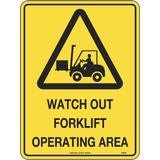
Before delving into the importance of proper equipment, it is essential to understand the various hazards present in warehouses and factories. These hazards can encompass physical, chemical, ergonomic, and psychological risks, each posing unique challenges to workplace safety.
A. Physical Hazards:
Machinery: Heavy machinery such as conveyor belts, forklifts, and industrial equipment pose significant risks of crush injuries, entanglement, and collision accidents.
Falling Objects: Stacked inventory, improperly secured loads, and overhead storage can lead to objects falling and causing injuries to workers below.
Slips, Trips, and Falls: Wet or slippery surfaces, uneven flooring, and cluttered walkways increase the likelihood of slips, trips, and falls, resulting in injuries.
B. Chemical Hazards:
Hazardous Substances: Chemicals used in manufacturing processes, cleaning agents, and stored materials can emit toxic fumes, leading to respiratory problems, skin irritation, and other health issues.
Flammable Materials: Liquids, gases, or solids with flammable properties pose fire and explosion risks if not handled properly.
C. Ergonomic Hazards:
Repetitive Tasks: Continuous lifting, bending, and repetitive motions can lead to musculoskeletal disorders such as strains, sprains, and carpal tunnel syndrome.
Poor Posture: Improperly designed workstations and equipment can cause ergonomic strain, leading to back pain, neck pain, and other discomforts.
D. Psychological Hazards:
Stress: High-pressure work environments, tight deadlines, and demanding production quotas can contribute to stress-related issues, affecting mental health and overall well-being.
Workplace Violence: Instances of verbal abuse, harassment, or physical altercations can create an unsafe work environment and negatively impact employee morale.
II. The Importance of Safety Equipment:
Having identified the diverse array of hazards present in warehouses and factories, it becomes evident that the provision of proper equipment is essential for mitigating these risks and ensuring workplace safety. Proper equipment serves multiple functions, ranging from preventing accidents and injuries to enhancing efficiency and productivity.
A. Prevention of Accidents and Injuries:
Use of Personal Protective Equipment (PPE): Equipments such as helmets, goggles, gloves, and safety footwear act as a first line of defense against workplace hazards, reducing the risk of injuries to workers.
Installation of Safety Guards and Barriers: Machinery and equipment should be fitted with safety guards and barriers to prevent accidental contact, entrapment, or ejection of objects, minimizing the risk of crush injuries and amputations.
Implementation of Proper Ventilation Systems: Proper ventilation systems and exhaust fans help mitigate exposure to hazardous fumes, dust, and vapors, safeguarding workers' respiratory health.
B. Enhancement of Efficiency and Productivity:
Well-Maintained Equipment: Regular maintenance and inspection of machinery and equipment ensure optimal functionality, reducing the likelihood of breakdowns and downtime, thereby enhancing productivity.
Ergonomically Designed Tools and Workstations: Ergonomic tools, adjustable workstations, and lifting aids minimize ergonomic strain and fatigue, allowing workers to perform tasks more comfortably and efficiently.
C. Compliance with Regulations:
Adherence to Occupational Safety and Health Administration (OSHA) Standards: Proper equipment ensures compliance with OSHA regulations and industry standards, reducing the risk of fines, penalties, and legal liabilities associated with workplace safety violations.
Avoidance of Legal Liabilities: Failure to provide adequate equipment and safety measures can result in legal liabilities in the event of workplace accidents or injuries, leading to costly litigation and reputational damage for businesses.
III. Examples of Necessary Equipment:
To effectively address the diverse hazards present in warehouses and factories, a range of equipment and safety measures must be implemented. These include:
A. Personal Protective Equipment (PPE):
Helmets
Safety goggles
Ear protection
Respirators
Gloves
Safety footwear
B. Safety Guards and Barriers:
Machine guards
Safety barriers
Guardrails
Lockout/tagout systems
C. Ventilation Systems and Air Quality Monitors:
Exhaust fans
Local exhaust ventilation (LEV) systems
Air quality monitors
D. Ergonomic Workstations and Lifting Aids:
Adjustable workbenches
Ergonomic chairs
Lift-assist devices
In conclusion, the importance of proper equipment in ensuring workplace safety in warehouses and factories cannot be overstated. By addressing the various hazards present in these environments and implementing appropriate safety measures, businesses can create a secure work environment conducive to the well-being and productivity of their employees. From preventing accidents and injuries to enhancing efficiency and compliance with regulations, proper equipment plays a crucial role in safeguarding workers and minimizing risks in the workplace. Moving forward, businesses must prioritize investment in safety equipment and measures to foster a culture of safety and protect the most valuable asset: their workforce.
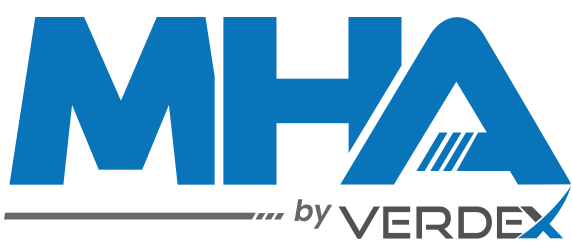


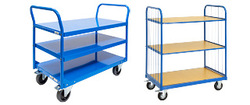

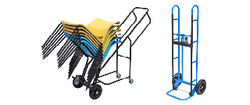


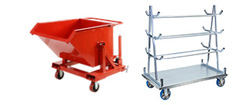

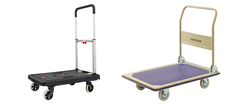
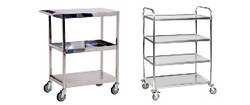

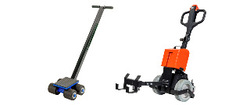
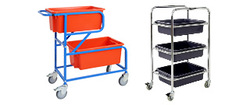
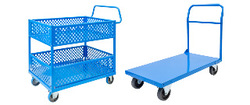
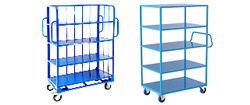
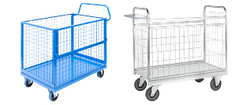
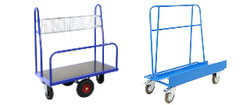
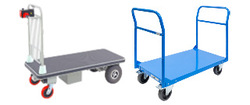
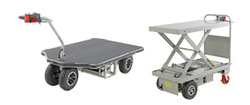
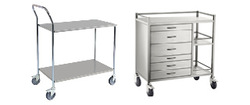
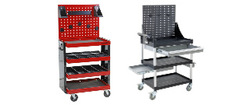
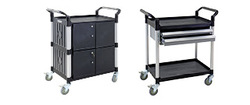
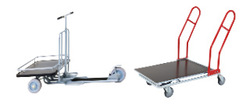
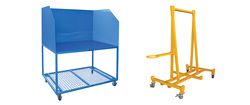



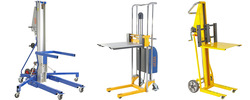



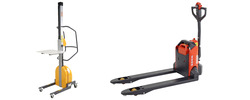
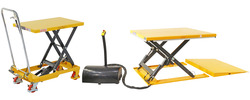
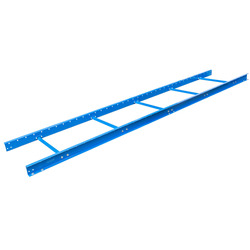
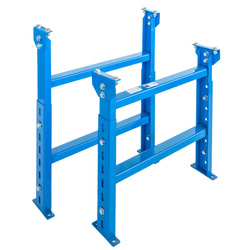

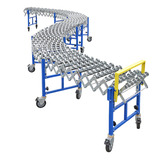



















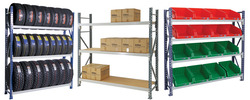
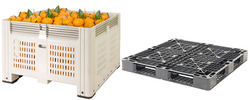
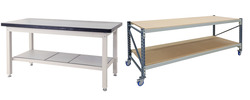
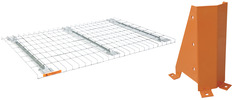
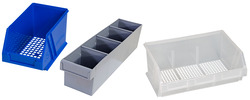

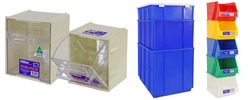

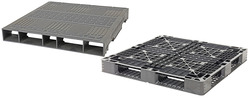

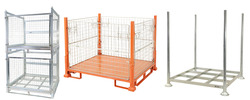

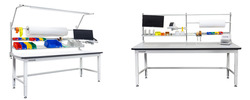


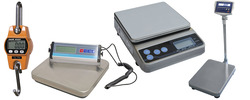



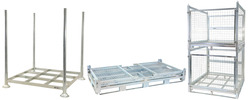
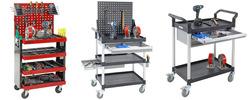
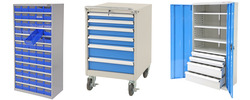

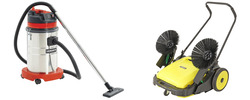





















































 Trolleys / Hand Trucks
Trolleys / Hand Trucks 2 Tier Trolleys
2 Tier Trolleys 3 Tier Trolleys
3 Tier Trolleys Aluminium Trolleys
Aluminium Trolleys Appliance & Hand Trucks
Appliance & Hand Trucks Cage Trolleys
Cage Trolleys Cleaning Carts & Trolleys
Cleaning Carts & Trolleys Construction Trolleys
Construction Trolleys Dollies
Dollies Foldable Trolleys
Foldable Trolleys Hospital Trolleys
Hospital Trolleys Laundry/Linen Trolleys
Laundry/Linen Trolleys Load Skates & Tow Tugs
Load Skates & Tow Tugs Mail / Office Trolleys
Mail / Office Trolleys Multi Purpose Trolleys
Multi Purpose Trolleys Multi-Tier Shelf Trolleys
Multi-Tier Shelf Trolleys Order Picking Trolleys
Order Picking Trolleys Panel Cart Trolleys
Panel Cart Trolleys Platform Trolleys
Platform Trolleys Powered Trolleys
Powered Trolleys Stainless Steel Trolleys
Stainless Steel Trolleys Tool Trolleys
Tool Trolleys Utility Carts
Utility Carts Warehouse Trolleys
Warehouse Trolleys Custom Trolleys
Custom Trolleys Lifting Equipment
Lifting Equipment Forklift Attachments
Forklift Attachments Jib Attachments
Jib Attachments Lifting Hoists & Pallet Hooks
Lifting Hoists & Pallet Hooks Manual Stackers & Lifters
Manual Stackers & Lifters Pallet Jacks
Pallet Jacks Pallet Lifters
Pallet Lifters Pallet Rotators & Dispenser
Pallet Rotators & Dispenser Powered Pallet Trucks & Electric Lifters
Powered Pallet Trucks & Electric Lifters Scissor Lift Trolleys and Tables
Scissor Lift Trolleys and Tables Conveyor Equipment
Conveyor Equipment Conveyor Frames
Conveyor Frames Conveyor Stands
Conveyor Stands Roller Conveyors
Roller Conveyors Skate Wheel Conveyors
Skate Wheel Conveyors Access Equipment
Access Equipment Container & Yard Ramps
Container & Yard Ramps Step Stools & Ladders
Step Stools & Ladders Work Platforms & Crane Cages
Work Platforms & Crane Cages Drum Handling
Drum Handling Drum Storage & Bunding
Drum Storage & Bunding Drum Trolleys & Lifters
Drum Trolleys & Lifters Forklift Drum Handling
Forklift Drum Handling Containment & Spillage
Containment & Spillage Aerosol Cans Storage Cages
Aerosol Cans Storage Cages Bunded Pallets & Storage
Bunded Pallets & Storage Corrosive Goods Storage Cabinets
Corrosive Goods Storage Cabinets Flammable Liquid Cabinets
Flammable Liquid Cabinets Forklift Gas Storage Cages
Forklift Gas Storage Cages Gas Cylinder Storage
Gas Cylinder Storage Site Storage
Site Storage Spill Kits
Spill Kits Stillage Cages
Stillage Cages Waste Handling
Waste Handling Bin Lifters & Tippers
Bin Lifters & Tippers Plastic Waste Bins and Carts
Plastic Waste Bins and Carts Steel Waste and Tipping Bins
Steel Waste and Tipping Bins Storage Equipment
Storage Equipment Heavy Duty Cabinets & Benches
Heavy Duty Cabinets & Benches Heavy Duty Shelving
Heavy Duty Shelving Mega Bins & Pallets
Mega Bins & Pallets Packing Benches
Packing Benches Pallet Racking Accessories
Pallet Racking Accessories Parts Trays & Stor-Pak Bins
Parts Trays & Stor-Pak Bins Pegboard & Louvre Panels
Pegboard & Louvre Panels Plastic Bins
Plastic Bins Plastic Handling Solutions Bins
Plastic Handling Solutions Bins Plastic Pallets
Plastic Pallets Stack & Nest Bins
Stack & Nest Bins Storage Cages
Storage Cages Workplace Equipment
Workplace Equipment Workbenches
Workbenches Modular Workbenches
Modular Workbenches Electric Height-Adjustable Workbenches
Electric Height-Adjustable Workbenches Floor Matting
Floor Matting Industrial Weighing Scales
Industrial Weighing Scales Pallet Wrapping & Packaging Machinery
Pallet Wrapping & Packaging Machinery Ramps
Ramps Stationery Cupboards
Stationery Cupboards Storage and Stillage Cages
Storage and Stillage Cages Tool Trolleys
Tool Trolleys Tooling Cabinets
Tooling Cabinets Wheelie Bins
Wheelie Bins Workshop Equipment
Workshop Equipment Safety Equipment
Safety Equipment Gloves and PPE
Gloves and PPE Pallet Rack Post Protectors
Pallet Rack Post Protectors Safety Barriers & Bollards
Safety Barriers & Bollards Safety Knives & Cutters
Safety Knives & Cutters Signs and Traffic Supplies
Signs and Traffic Supplies Tool & First Aid Boxes
Tool & First Aid Boxes Construction Equipment
Construction Equipment Concrete Equipment
Concrete Equipment General Site Equipment
General Site Equipment Lifting Equipment
Lifting Equipment Site Storage
Site Storage Waste
Waste  MHA's Specials
MHA's Specials










